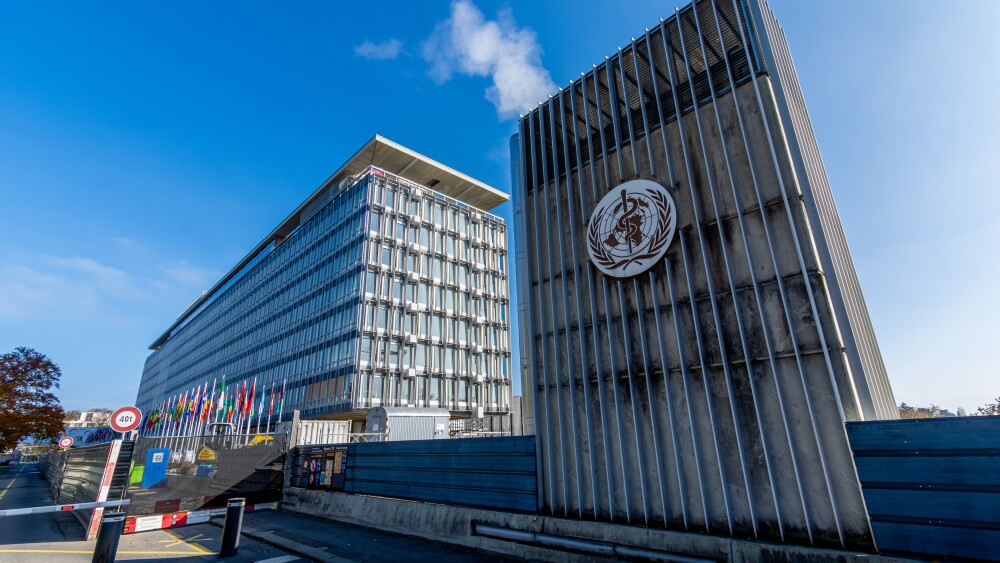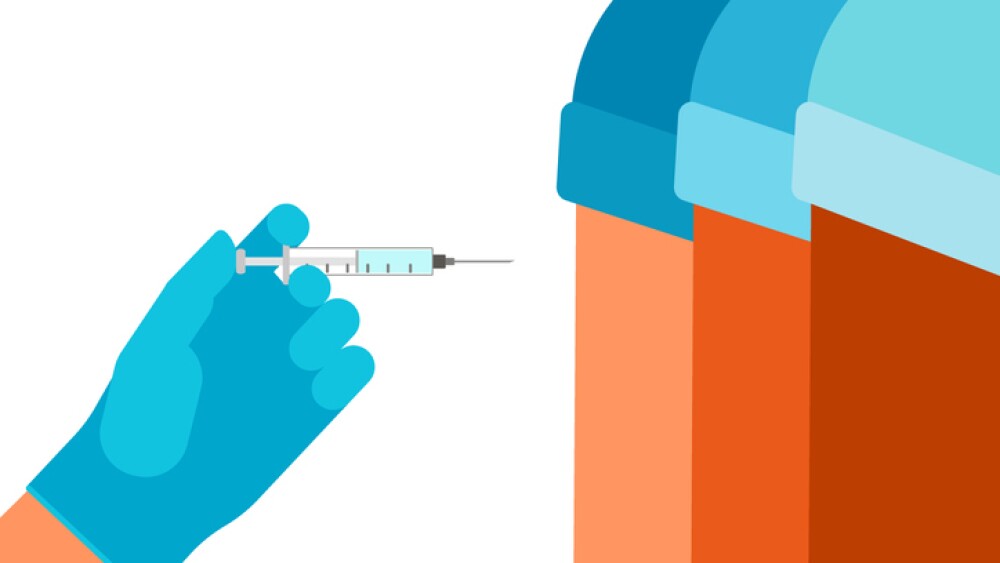Although anti-retroviral therapies have come a long way in turning HIV into being treated like a chronic, manageable disease, researchers are still attempting to find something that might be considered a cure, which would completely eradicate the virus. Researchers from University of Texas Medical Branch at Galveston may have found a way.
Although anti-retroviral therapies (ART) have come a long way in turning HIV into being treated like a chronic, manageable disease, researchers are still attempting to find something that might be considered a cure, which would completely eradicate the virus. Researchers from University of Texas Medical Branch at Galveston may have found a way.
Anti-viral drugs do a good job of forcing the HIV to stop replicating, but the virus goes dormant and hides within the immune system. If a patient stops taking the drugs, develops resistance or runs into other health issues that may compromise their immune system, the disease can come back.
The research group, working in a laboratory study, discovered that the protein BRD4 has a key role in regulating the production of new copies of the HIV gene. The researchers designed, synthesized and studied several small molecules to selectively program BRD4 to suppress HIV. They chose a lead compound, ZL-580, and in their tests, it significantly delayed the reactivation of dormant HIV after ART was halted.
“We are the first to show that human BRD4 and its associated machinery can be harnessed to suppress dormant HIV,” stated Haitao Hu, assistant professor in the department of microbiology and immunology and senior author of the study. “Our findings are exciting because they not only improve our understanding of the biology of HIV epigenetic regulation, they also present a promising approach for the development of probes and/or therapeutic agents for HIV silencing, hopefully leading to cure of the virus eventually.”
In research reported earlier this year, a second person in the world was believed to be completely cleared of HIV. The first patient was Timothy Ray Brown, dubbed the “Berlin Patient,” who was cured of HIV in 2007. The patient in March was described in the journal Nature, and although unnamed, was called the “London Patient.”
Both patients were treated with stem cell transplants from donors carrying a rare genetic mutation called CCR5-delta 32, which made the patients resistant to HIV. Brown appears to have been cured and long-term follow-up of the London Patient will determine if he is eventually declared cured.
In the case of the Berlin Patient, he was diagnosed with acute myeloid leukemia (AML), and this gave his physicians the opportunity to treat him with bone marrow transplants that were modified. The London patient was diagnosed with advanced Hodgkin’s lymphoma, providing the rationale for the stem cell transplant after chemotherapy. Although promising, it’s not completely understood why the procedure works in some patients and not in others. It is also a very high-risk approach when a daily cocktail of ART is usually effective.
The new research presented by the Texan researchers is early but sounds like it would have the potential to be a drug therapy to eradicate the virus, or potentially to deal better with resistant strains of the virus.
The disease still affects about 37 million people around the world and about 1 million people die annually from HIV-related causes. Treatment typically involves a cocktail of antiretroviral therapy which HIV patients take their entire lives.





